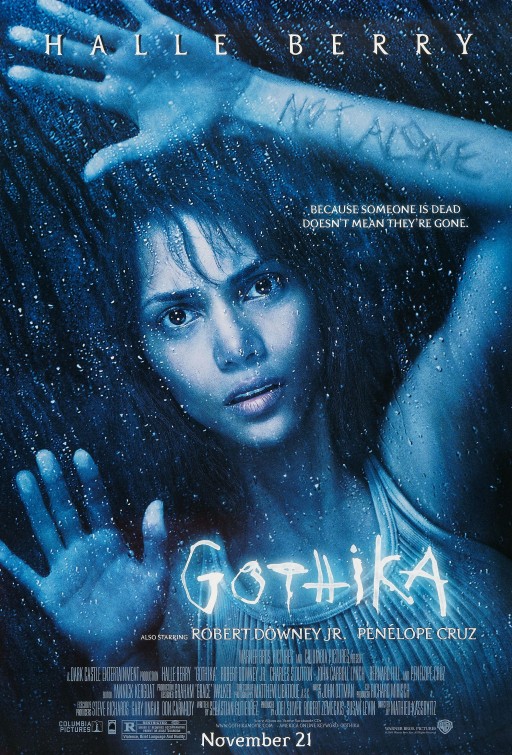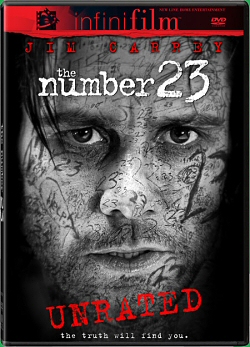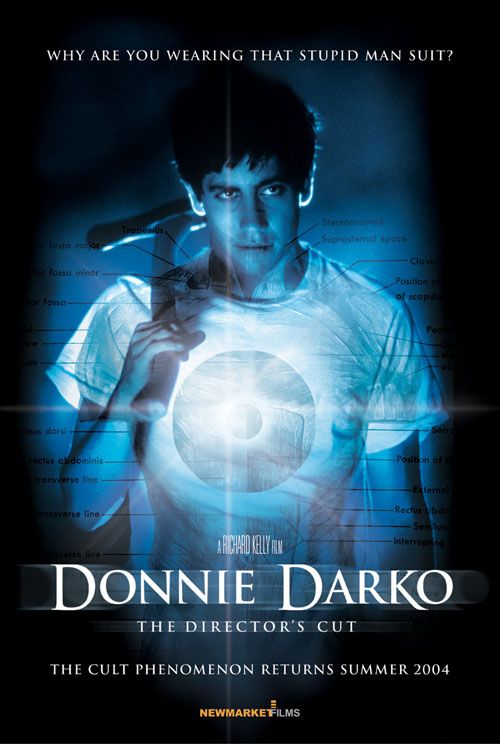 A teen drama is a type of dramatic television series in which the focus is on teenage characters. The genre was relatively non-existent for the first 45 years of television; it came into prominence
A teen drama is a type of dramatic television series in which the focus is on teenage characters. The genre was relatively non-existent for the first 45 years of television; it came into prominence  in the early 1990s. Previously, most series with a focus on teens had been sitcoms while teens in drama series were usually part of a larger ensemble that included adults and children. Teen dramas, more often than not, have soap opera elements, allowing the young adult characters to grow and develop over time while facing an array of realistic teen issues. However, there have been many successful teen-based
in the early 1990s. Previously, most series with a focus on teens had been sitcoms while teens in drama series were usually part of a larger ensemble that included adults and children. Teen dramas, more often than not, have soap opera elements, allowing the young adult characters to grow and develop over time while facing an array of realistic teen issues. However, there have been many successful teen-based  dramas with major themes of science fiction, fantasy, and action/adventure. Also, most shows have a substantial amount of comic relief.
dramas with major themes of science fiction, fantasy, and action/adventure. Also, most shows have a substantial amount of comic relief.http://en.wikipedia.org/wiki/Teen_drama
Typical conventions:
Editing - blurred transitions; dissolves; more adventurous.
Sound - non-diegetic music/sound; sound-bridges; music to represent emotion
Mise-en-scene - modern, contemporary; chaotic, colourful
Camera - close-ups for emotion; interesting use of camera work; isn't all realistic
Character - main protagonist - youth (always from their perspective); parents (negatively and stereotypically presented
Narrative - issues that interest young people (sex, drugs, alcohol, scientific, what's the world all about?.etc); each character has a different episode with a different issue (especially skins, being human and waterloo road.etc); humorous - ironic (black humour/dark), things that shouldn't really be laughed at, humour that older people can look back at things that used to happen and laugh, self-deppreciating (putting yourself down); issues that you experience, but makes you feel better, seeing other people dealing with those issues.



















